Several global media sources, referencing information from the American entertainment news website TMZ, have confirmed the heart-breaking news of actor Matthew Perry's passing. Perry, renowned for his iconic role as Chandler in the beloved American sitcom "Friends," tragically departed this world at the age of 54. Born in 1969, Perry embarked on his entertainment career in 1979, eventually capturing the hearts of audiences with his witty portrayal of Chandler in the hit show "Friends."
On September 22, 1994, "Friends" made its debut on the National Broadcasting Company (NBC) in the United States and went on to captivate viewers for a decade. It became a modern anthem celebrating friendship within American television culture. Despite its significant social influence and cultural importance, "Friends" boasts a simple storyline and a light-hearted tone.
The six main characters come from different backgrounds with a diverse personalities, and their fateful encounters lead them to become classmates, roommates, friends, and even lovers. The series unfolds the lives of ordinary people with different professions, social strata, and cultural backgrounds in the vibrant cultural mosaic of Manhattan. At the same time, it conveys a positive set of values to its audience: self-reliance, kindness, respect for differences, and staying true to oneself.

It has been more than two decades since the debut of the first season of "Friends," but even today, numerous people continue to use images of Monica with a turkey on her head as their profile pictures and the iconic line "I'll be there for you" as their signature phrase. What is it about this seemingly straightforward TV show that has conquered time and captured the hearts of multiple generations? Why is it referred to as an urban adult fairy tale? Along its journey to becoming a beloved American sitcom, what limitations did "Friends" face?
1 Innovative Timing
In a highly competitive landscape of top-notch television series, few qualify for the title of "beloved national sitcom." To achieve this, a series should meet at least three criteria: first, it must achieve outstanding viewership ratings during its broadcast; second, it should have received Emmy Awards in the categories of "Best Comedy Series" or "Best Drama Series"; third, its cultural impact should extend beyond television, leaving a mark on society at large.
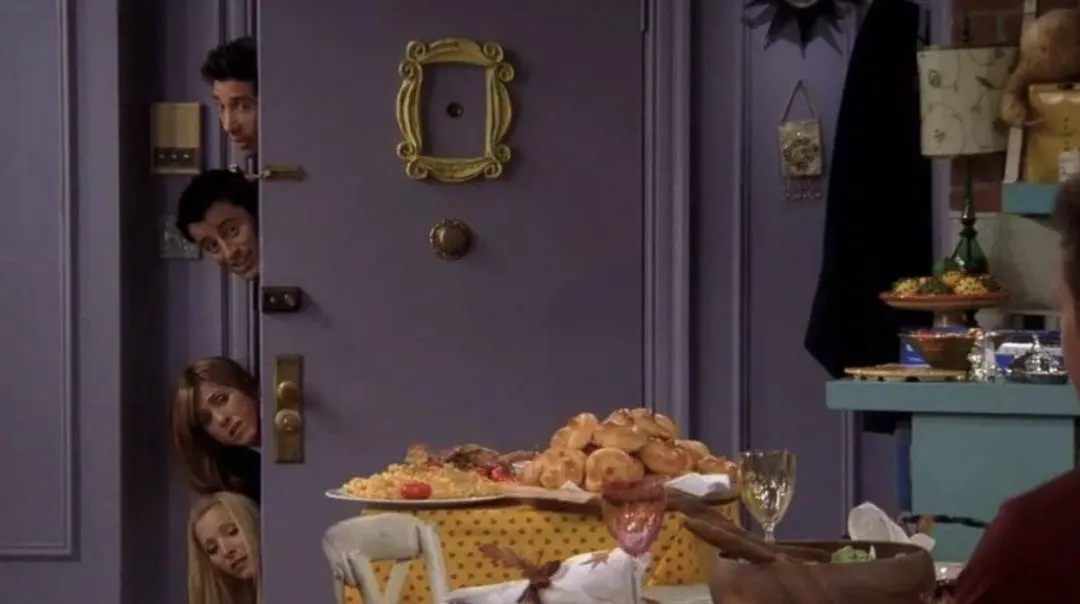
When you look at the overall picture, "Friends" might not come out on top in each of these areas individually. However, when you consider its collective impact across cultural influence, viewership, and critical acclaim, it clearly outshines any other TV series. One of the key reasons for "Friends" widespread success lies in its innovative narrative style. It played a pivotal role in the transition of mainstream storytelling in American television series.
During the 1980s, a time marked by prosperity in American television culture, mainstream TV series commonly exhibited two defining traits: linearity and a focus on family. Shows like "The Cosby Show," portraying African American family life, were influential. These series were set in suburban towns where the American middle class resided. The primary backdrop and displayed family values catered to the cultural conservatism prevalent during Ronald Reagan's presidency in the 1980s. In contrast, few shows depicted the daily lives of urban youth.
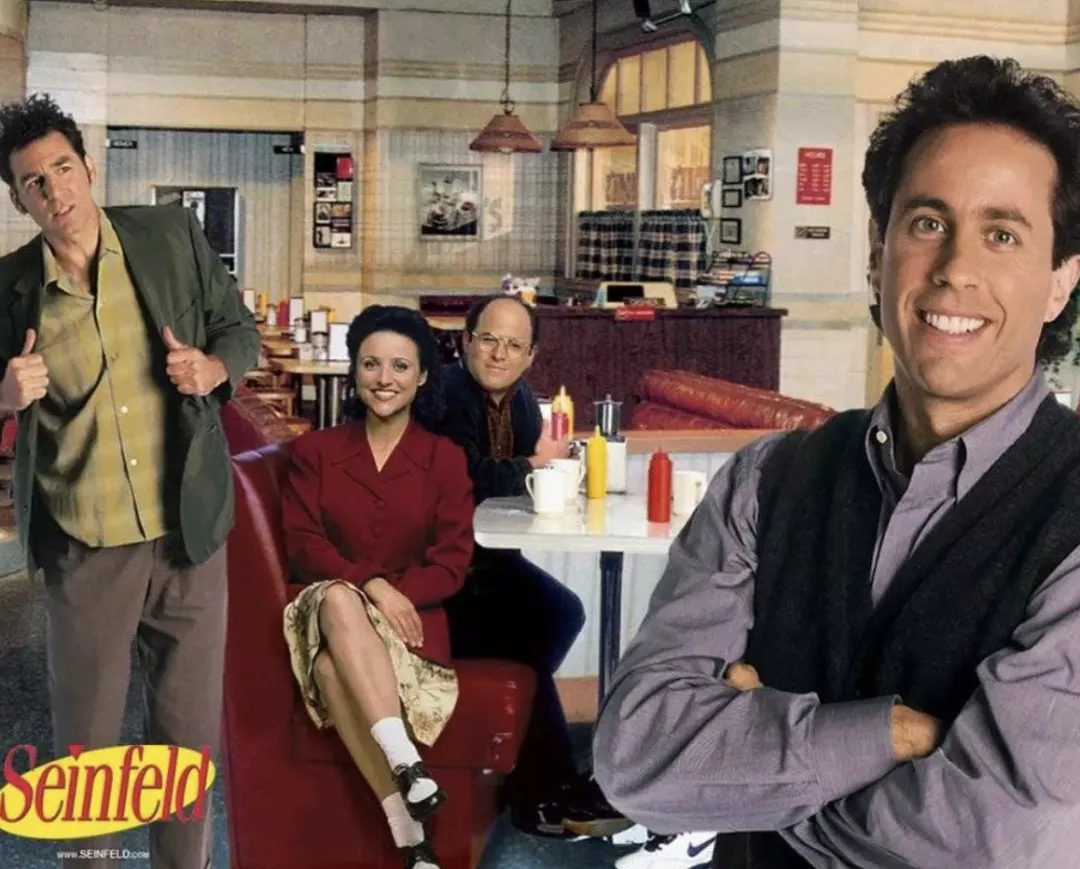
In that social context, cities were frequently viewed as agents of change, disrupting traditional culture. It was only in 1989, with the premiere of "Seinfeld," a sitcom featuring the daily lives of city people, that this perception started to shift. It can be argued that "Friends" was, to some extent, built upon the foundation established by "Seinfeld.” In the early seasons, "Friends" faced criticism for emulating "Seinfeld," but it gradually developed its unique style, shedding the influence of the latter. Compared to "Seinfeld," "Friends" had clearer multi-threaded narratives, more complex character relationships, and a deeper exploration of real-world social issues.
In the late 1990s and early 2000s, the United States experienced prolonged economic growth, coinciding with the decline of conservative cultural influence following the end of the Cold War. The Information Superhighway plan stimulated American society, especially the cultural vitality of major cities. Young people began embracing diverse values and choosing their lifestyles more freely. Under such circumstance, "Friends" emerged at an opportune moment and had a stronger cultural foundation for its popularity.
2 Simplicity is Authenticity
Having understood its place in television history, we can now examine the impact of "Friends" on the human psyche. While many American TV series have achieved global popularity, what sets "Friends" apart is its enduring influence. The answer is quite simple: its values.
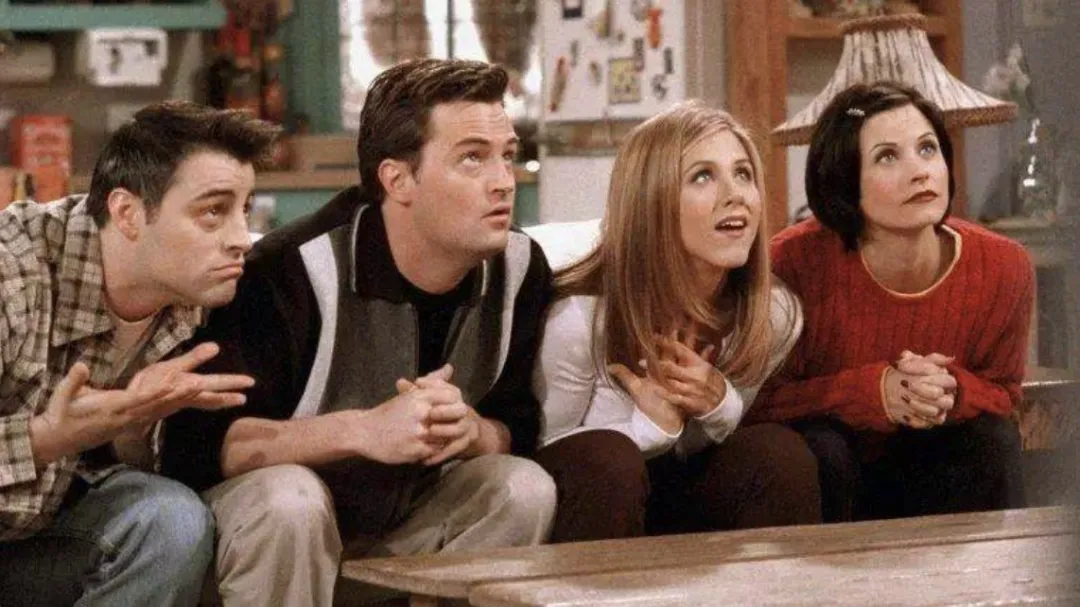
The entire series upholds three enduring principles which are, still relevant today. Firstly, everyone should have his or her independent thoughts, regardless of who they are. Secondly, we should actively and bravely choose the way of life we want, even if it isn't widely accepted by the norm. Thirdly, genuine happiness is not necessarily tied to wealth; instead, it originates from a life characterized by freedom and responsibility.
Take, for example, Rachel, one of the most beloved characters. At the start, she was a privileged heiress relying on her father's credit cards. However, over time, she transformed from a coffee shop waitress to a middle manager in a renowned fashion conglomerate, all thanks to the support and encouragement of her friends. Then there's Phoebe, a massage therapist who, despite facing hardship from a young age, never forsakes her environmental ideals, approaching all life with kindness and reverence. Ross, a university professor, may have a tendency to show off his knowledge and correct others' grammar, but he never hesitates to come to his friends' aid whenever they need help. Through their words and choices, the characters in the series reinforce these three core principles. The heartfelt moments of the group of six resonate with every viewer.
"Friends" attempts to establish a value system beyond national culture, grounded in the diverse urban life of a metropolis. Its spirit, much like the catchphrase "How you doing?" uttered by characters, represents a state of being free-spirited and true to oneself, embracing desires and emulating nature.
3 A Light Urban Utopia with Superficial Concerns
Despite its commercial and cultural success, "Friends" is far from flawless. Being a nationally broadcast TV show during primetime, it is bound by numerous unwritten rules inherent in American television production and broadcasting. Have you ever wondered why the themes in the later seasons of "Friends" seemed different from those in the earlier seasons? Did the characters truly evolve, or was the show's initial premise seemingly unattainable?
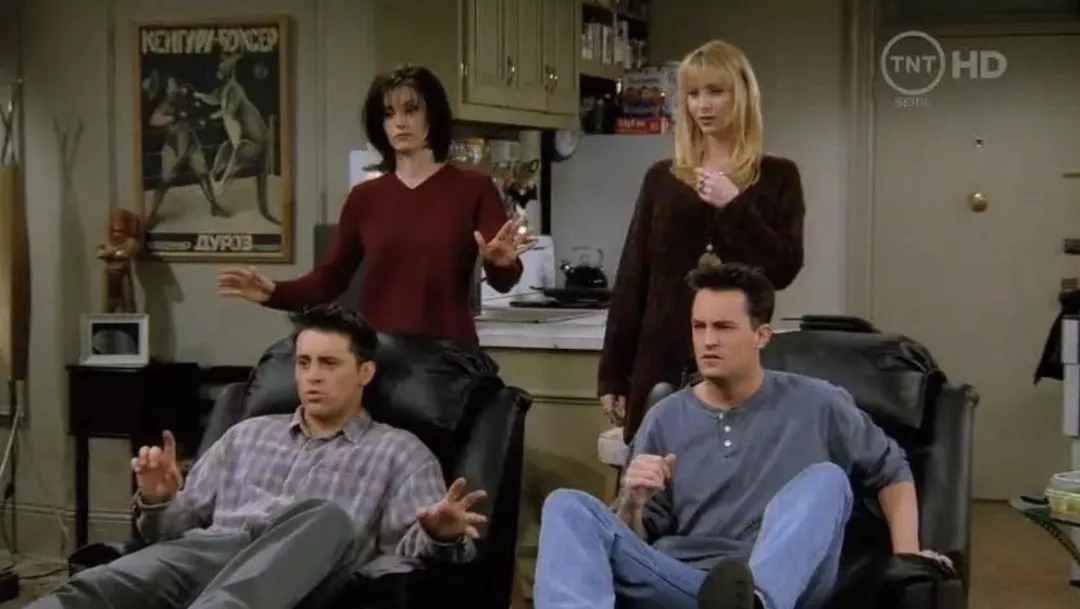
To explore these questions, it's essential to temporarily set aside the perspectives of viewers and fans and analyze the cultural logic manifested in the creation of "Friends." It's crucial to understand that any American TV show's creation and popularity are influenced by the cultural soil of its home country, as well as the unwritten rules of the American television production and broadcasting industry. Television, as a mass medium, has a distinct cultural ecosystem compared to literature, film, and other forms of art. While the show reflects the reality of modern urban life, "Friends" must construct a metropolitan utopia.

The show's setting does not entirely adhere to reality. The six main characters come from different family backgrounds and educational histories, making it unlikely, in real life, for them to form the tight-knit bonds depicted in the series. For example, Ross, a paleontologist and a genuine intellectual, might not naturally form a close friendship with Joey, a mostly uneducated actor, as the series depicts. According to the show's premise, Phoebe's life should be financially challenging, yet the series doesn't clearly explain how she manages to afford the high rent in Manhattan and maintain a relatively comfortable standard of living. These questions raised by the show remain unanswered, leaving viewers to speculate.
Herein lies the concept of cultural analysis known as "imaginative solutions," which emphasizes that viewers can engage with texts to imagine a sense of autonomy. From this theoretical standpoint, a TV series ideally reflects real life but also allows viewers to believe that life can be positive and that problems can be resolved. Viewers need this sense of conviction and imagination. In this regard, "Friends" is more akin to an adult fairy tale set against the backdrop of a modern metropolis. Its primary mission is to create a world filled with goodwill and beauty, and all its narrative strategies are designed to reinforce this world. "Friends" embodies a mix of excellence and mediocrity, reflecting the nuances of contemporary American TV culture. It communicates certain shared values of modern society, yet it is undeniably influenced by mainstream American ideology and the logic of the television industry.
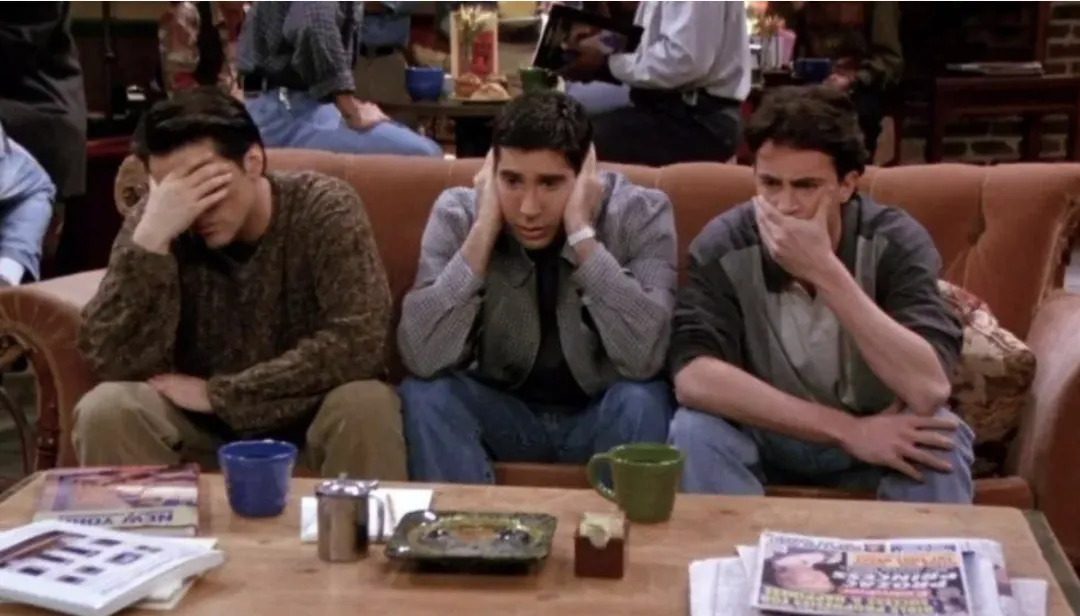
We experience the warmth of genuine friendship through "Friends," yet it oversimplifies various complex real-world issues. Regardless, "Friends" leaves behind a legacy for similar works that followed. After its success, American television series began to actively contribute to the construction of cultural diversity. While "Friends" may have its flaws, it undeniably marks the beginning of a new era. The ideals it upholds and the patterns it pioneered make it a valuable heritage in the history of television culture.
4 A Safe Return to Conventionalities
One question we should ponder is whether "Friends" is genuinely about friendship. Throughout the series' ten-year narrative, the overarching story ultimately gravitates toward a more traditional ideology. The series adopts a circuitous approach to revisit the traditional family values of the 1980s. An interesting phenomenon is that, although the series is titled "Friends," four of the six main characters end up dealing with marital matters within this close-knit group, transitioning from friends to couples.
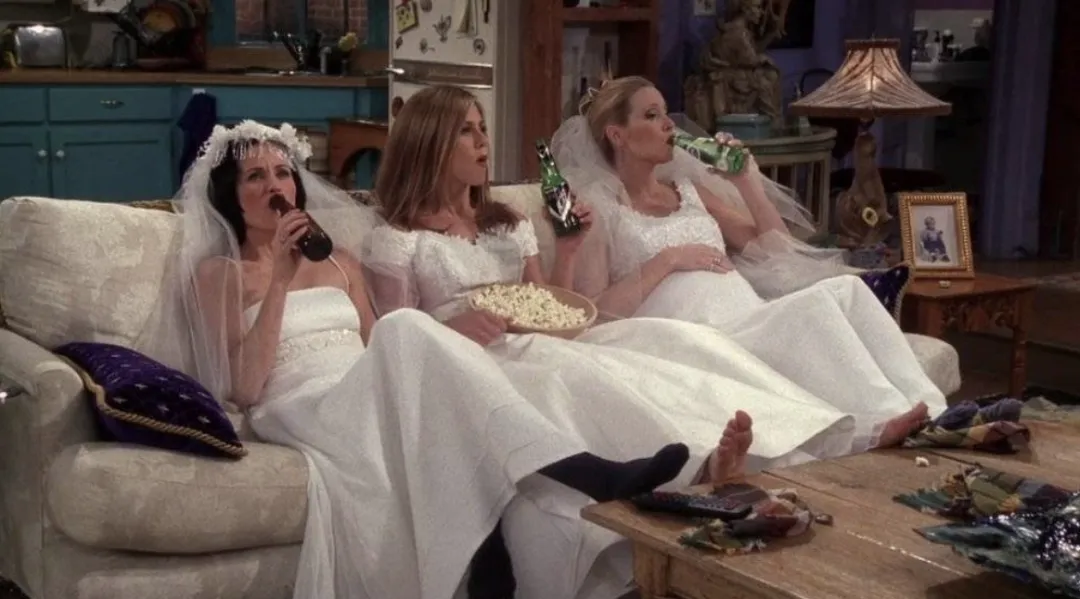
In the latter half of the series, love and marriage take precedence over friendship, becoming the ultimate solution to real-life dilemmas. The theme of friendship diminishes as the plot centers' on Monica and Chandler's "marriage without children" and Rachel and Ross's "parenthood without marriage." The breakout character, Phoebe, who shone in the early seasons, is almost entirely side-lined in the main plotlines, deviating significantly from the show's original intention.
The core cultural narrative of "Friends" underwent such a significant shift over a decade. This transformation aimed to align the show with mainstream traditional values prevalent in American public politics and cultural life, influenced by evangelical Christian beliefs. Evangelicalism is a conservative branch of Protestantism and regards the family as the most important social unit and the foundation of social stability.
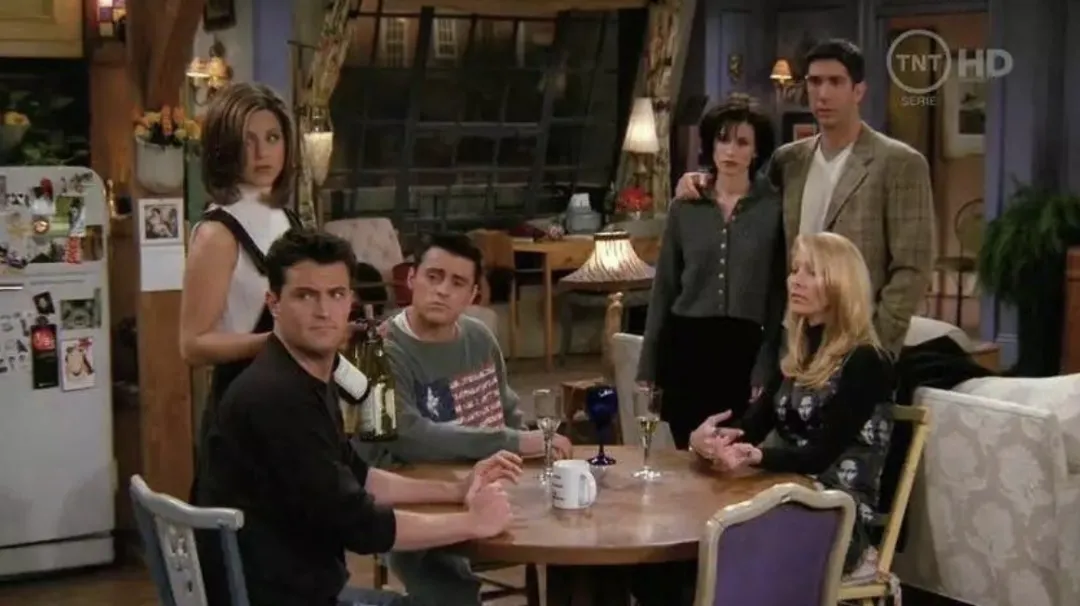
Towards the late 1990s, when "Friends" solidified its status as a beloved national sitcom, Familism remained the most widespread mainstream value in America. Although the rise of cultural pluralism symbolizing life in major cities was intense, it was ultimately defeated by family-oriented values. This trend became inevitable, especially after the traumatic events of September 11, 2001, leading to a return to the family unit. This shift inevitably affected the storytelling strategies of hit TV shows. For the creators of "Friends," aligning with traditional family values was essential to resolve potential viewer attrition caused by declining novelty.
This strategic shift set the stage for "Friends" to reach the peak of its cultural influence at the eighth season, but it also causes the series to succumb to cultural mediocrity in the final two seasons. From a professional perspective, television series are inherently a form of moderate culture. Expecting "Friends" to achieve the same impact as the film "Pulp Fiction" is unrealistic. Most culturally significant television series use innovative concepts to distinguish themselves at the outset but ultimately return to familiar value systems that resonate with the majority of people.

Additionally, the story unfolds in the racially diverse composition of New York, yet the series features a minimal number of people of color, with the main characters predominantly being white celebrities. Cultural theory introduces the concept of the "imagined solution," which underscores that audiences can gain a sense of autonomy through consuming visual texts.
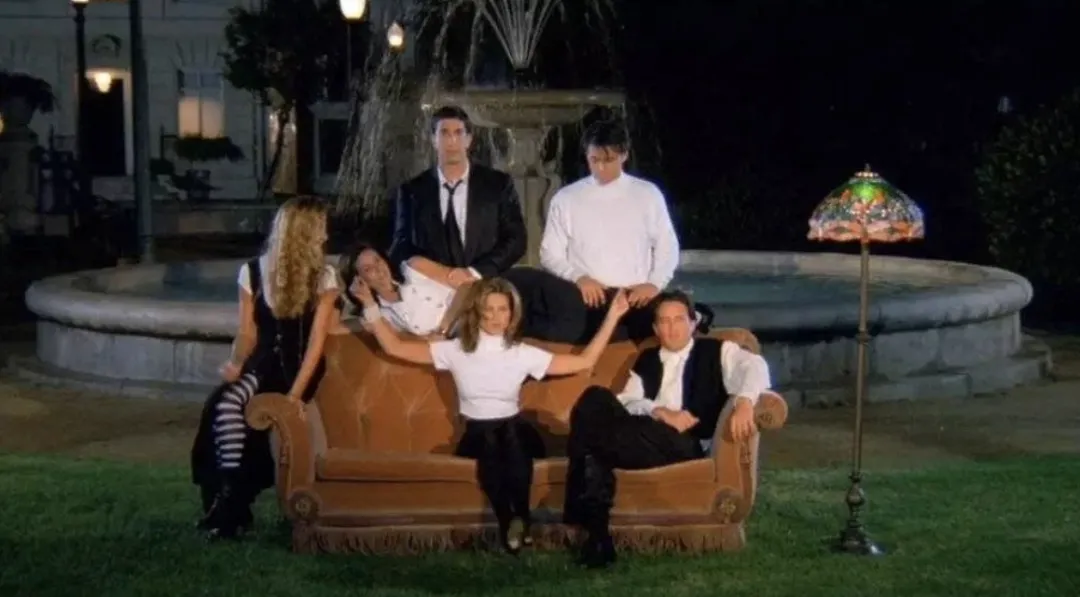
In light of this concept, while a TV series should reflect real life, it should also provide viewers with the belief that life is beautiful and problems can be overcome. In this perspective, "Friends" leans more towards an adult fairy tale, set in the context of a modern metropolis. Its primary mission is to create a world filled with goodwill and beauty, and all its narrative strategies are designed to reinforce this world. "Friends" is a combination of excellence and mediocrity, much like contemporary American TV culture. While it conveys certain common values of modern society, it inevitably faces the influence of mainstream American ideology and the logic of the television industry.
Through "Friends," we feel the warmth of genuine friendships among people, yet it is clear that it simplifies various complex real-world issues. Nevertheless, "Friends" serves as a template for subsequent works of a similar nature. After its success, American television series began to actively engage in the construction of cultural pluralism. While "Friends" may have its shortcomings, it undeniably marks the beginning of a new era. The ideals it upholds and the patterns it pioneers make it a valuable heritage in the history of television culture.



 Log in
Log in

No comments yet,
be the first one to comment!